For all their charm and nostalgia, black and white photos do create a certain disconnect between the past and present. Looking at them, it’s easy to forget that we’re connected to that time by what is merely a blink of an eye in the grand scale of history. And so it’s worth colorizing old black and white photos if only for the contemporaneity, with which we use to learn from history.
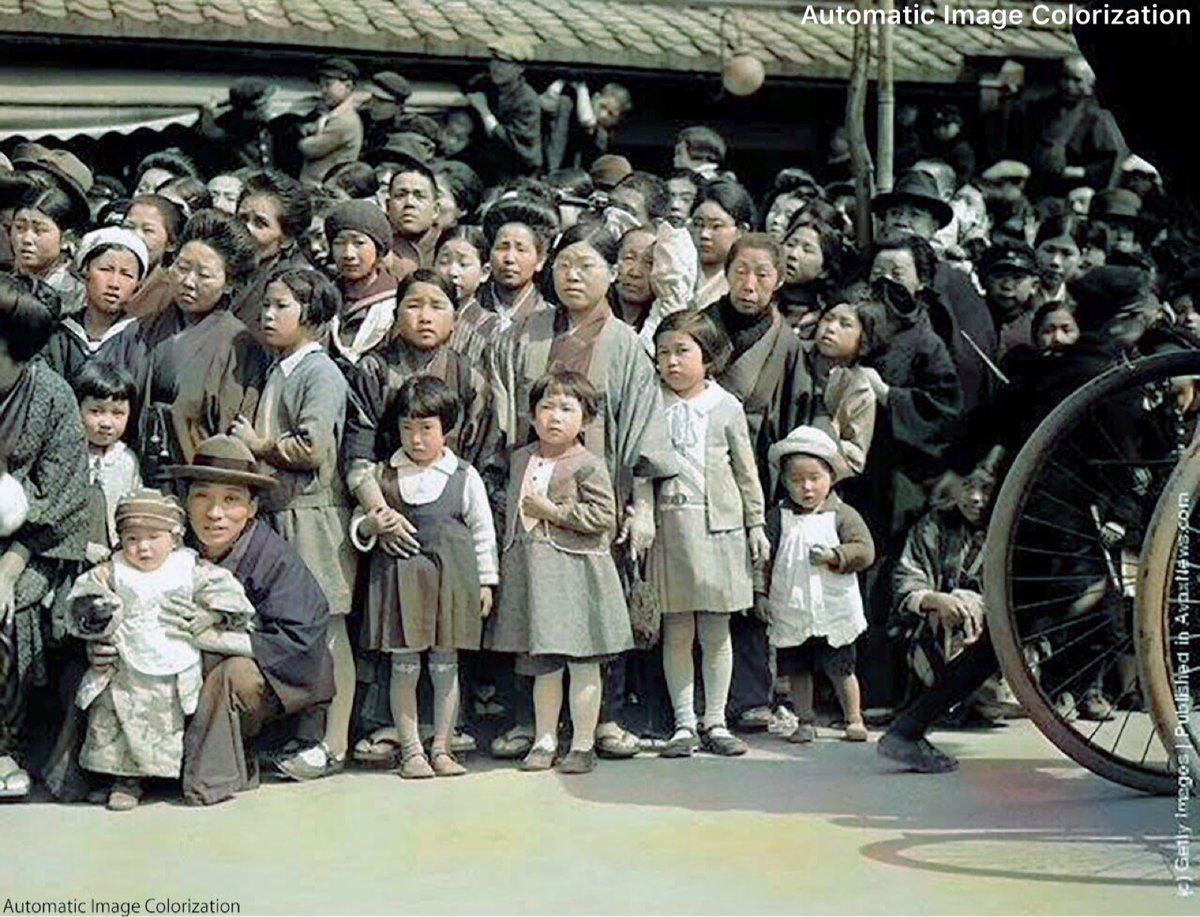
Woman and children wait for a parade on the streets of Kobe. (1930s, photographer unknown)
The process, however, was painstakingly manual. Even with digital software, colorists have had so colorize the images piece-by-piece; pixel-by-pixel.
But now, a team of Japanese researchers at Waseda University, led by Dr. Ishikawa, has utilized artificial intelligence (AI) and deep learning to create a program that automatically colorizes photographs. The task was accomplished through the deep learning and color matching of 2.3 million color photographs.
Dr. Watanabe of the Tokyo Metropolitan University, then built on that technology by adding data from research on the colors of architectural elements of the past. He’s then been posting the photographs to his twitter account with some historical tid-bits. Here, we present a few of our favorites but you can follow him at @hwtnv for more.
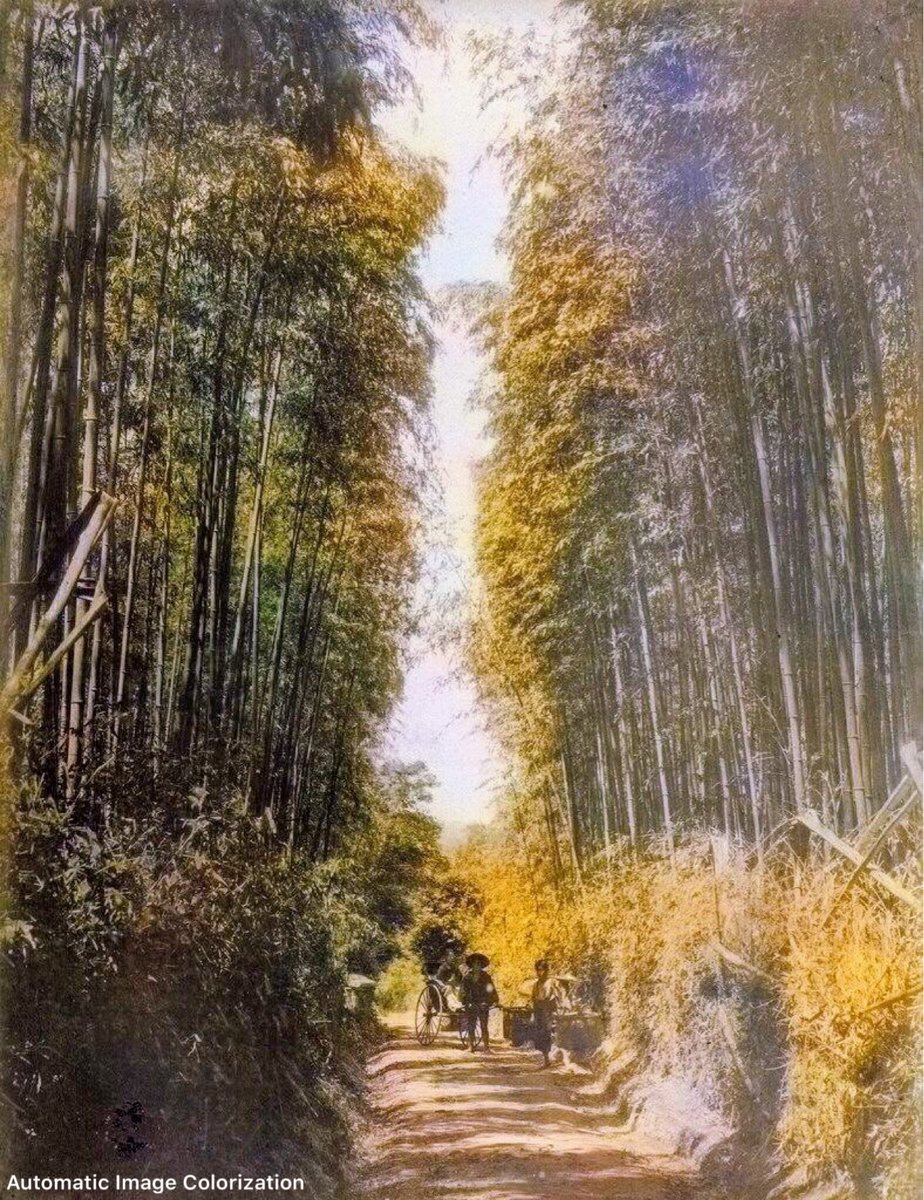
Perhaps the oldest photo in the bunch is this one of Gojozaka, Kyoto taken in 1875 (photographer unknown)
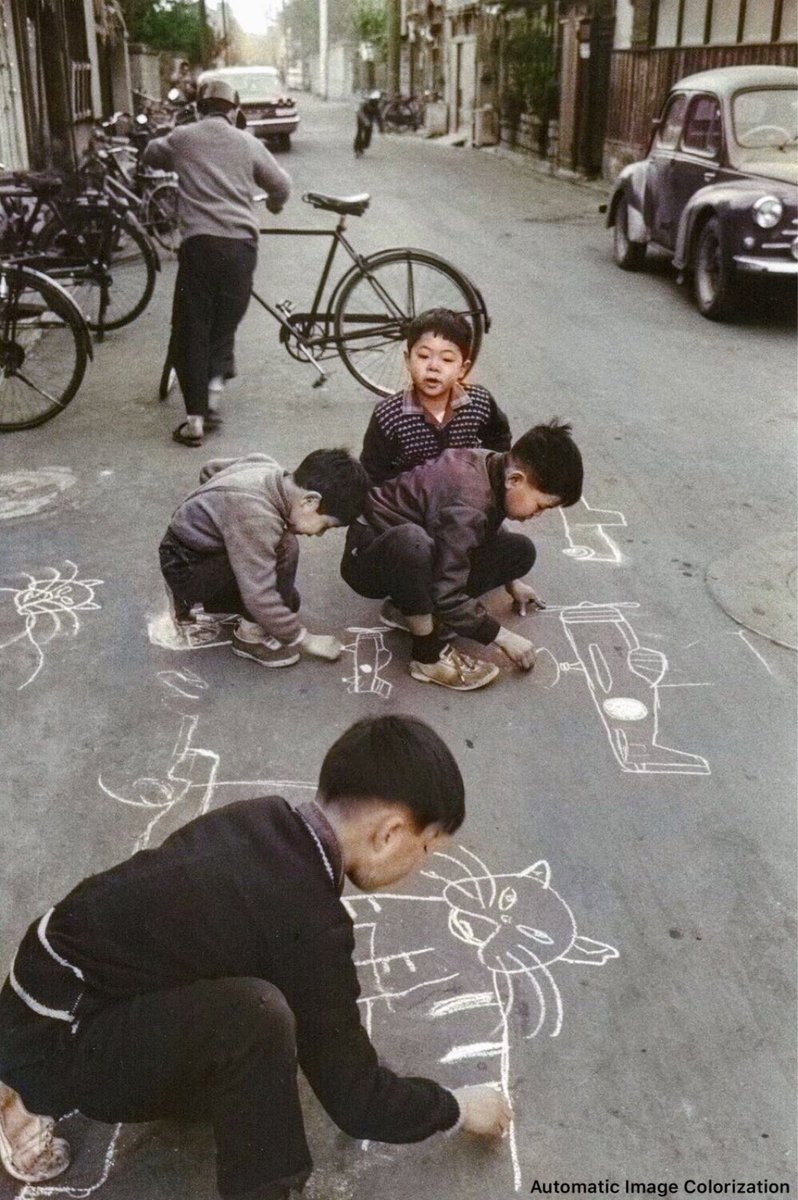
Children making chalk drawings on the street photographed by Takeyoshi Tanuma in 1961. I wonder if that’s Hayao Miyazaki with some early test sketches for the cat bus?
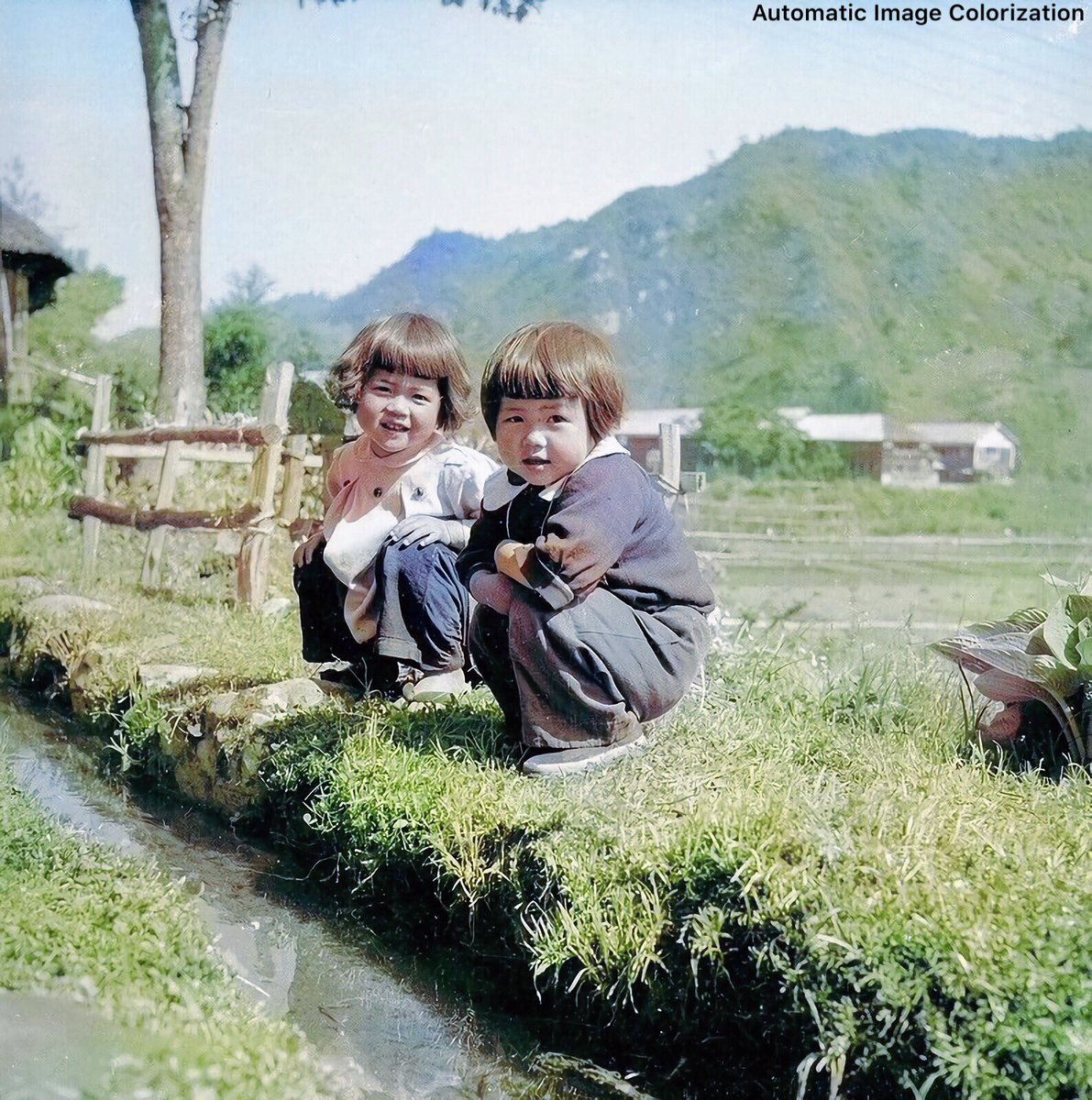
Children photographed in post-war Japan (probably around 1950; photographer unknown)
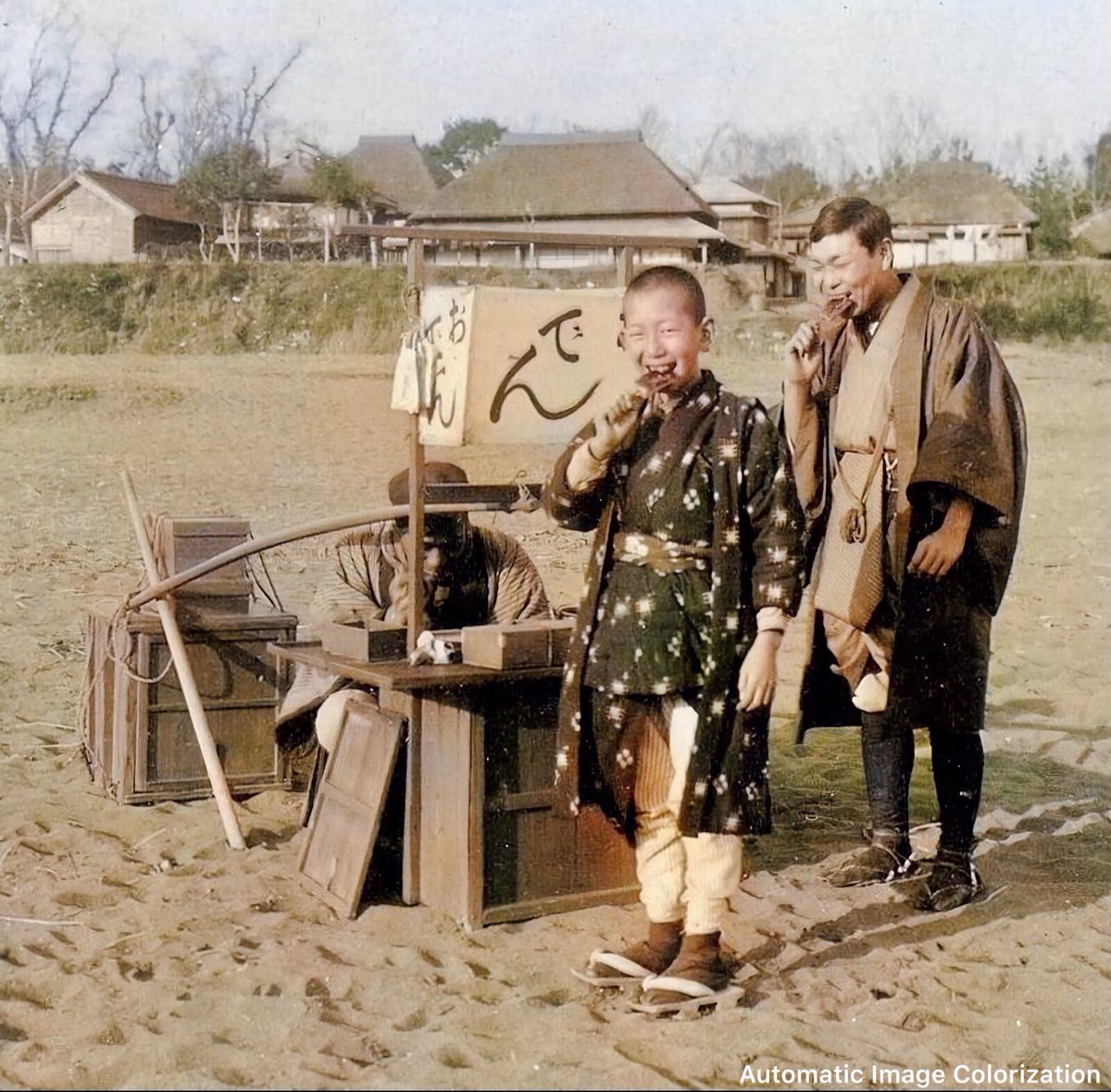
Probably one of our favorites: a boy and a young man enjoying oden from a stand (1898; photographer unknown)
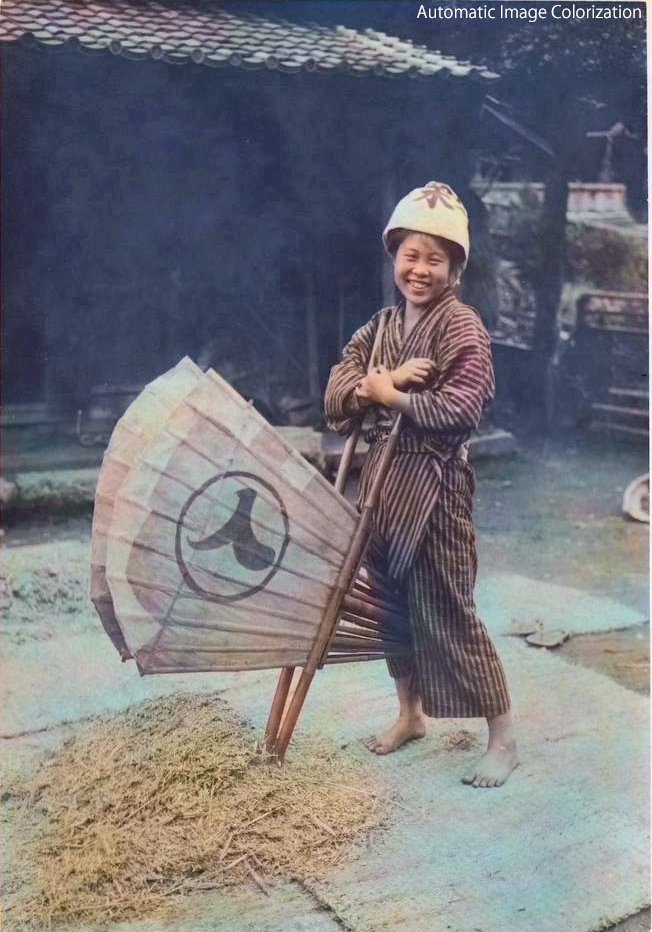
A farm worker photographed by Elstner Hilton in the 1910s
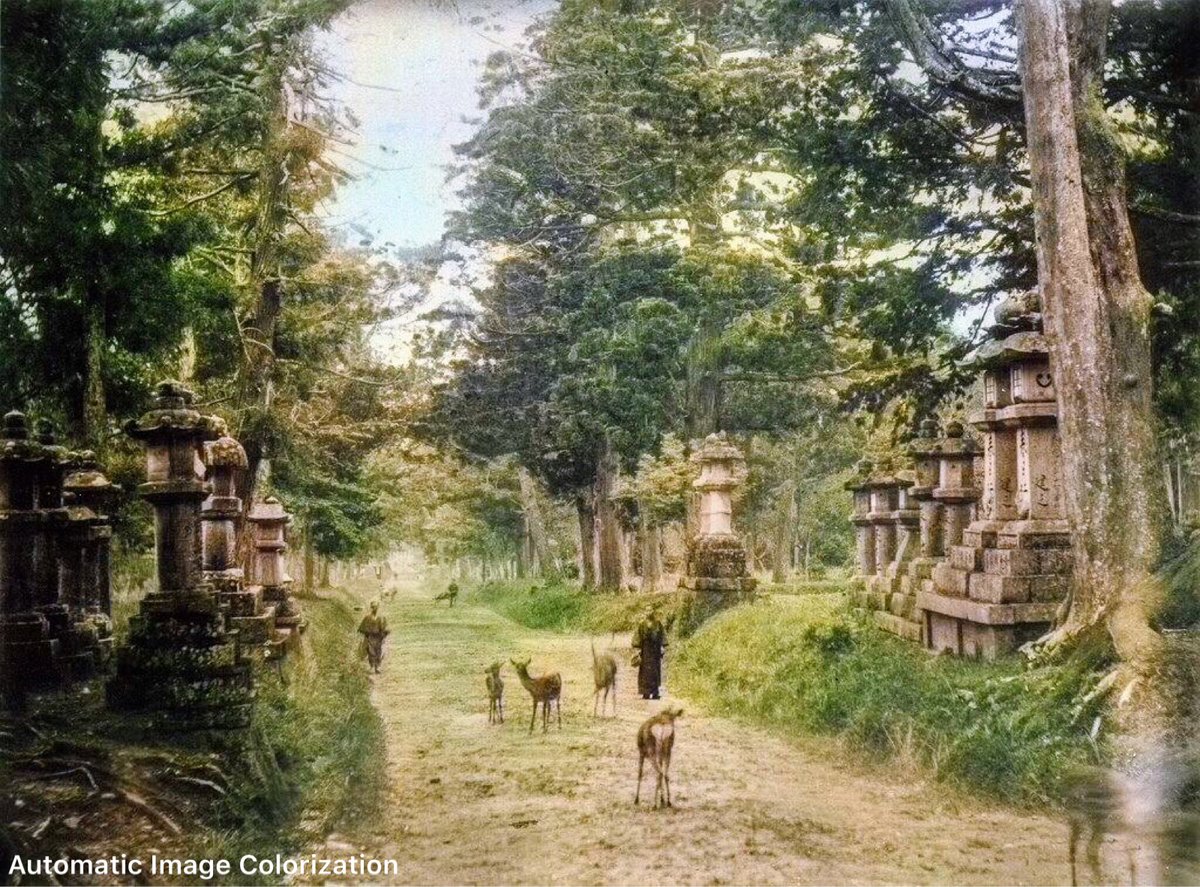
Kasuga Grand Shrine in Nara around 1880 (photographer unknown). Even back then the deer were bothering people.
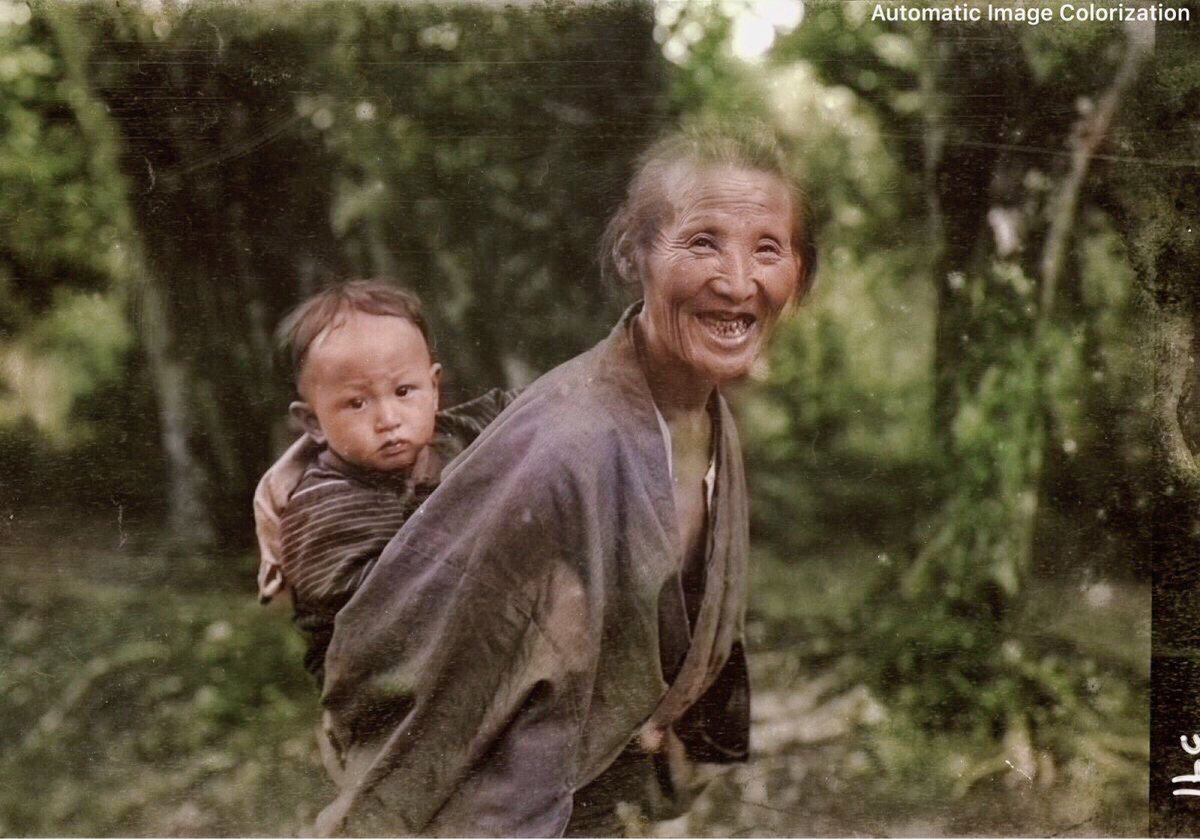
An elderly woman carries a baby on her back. Photograph by Arnold Genthe in 1908.
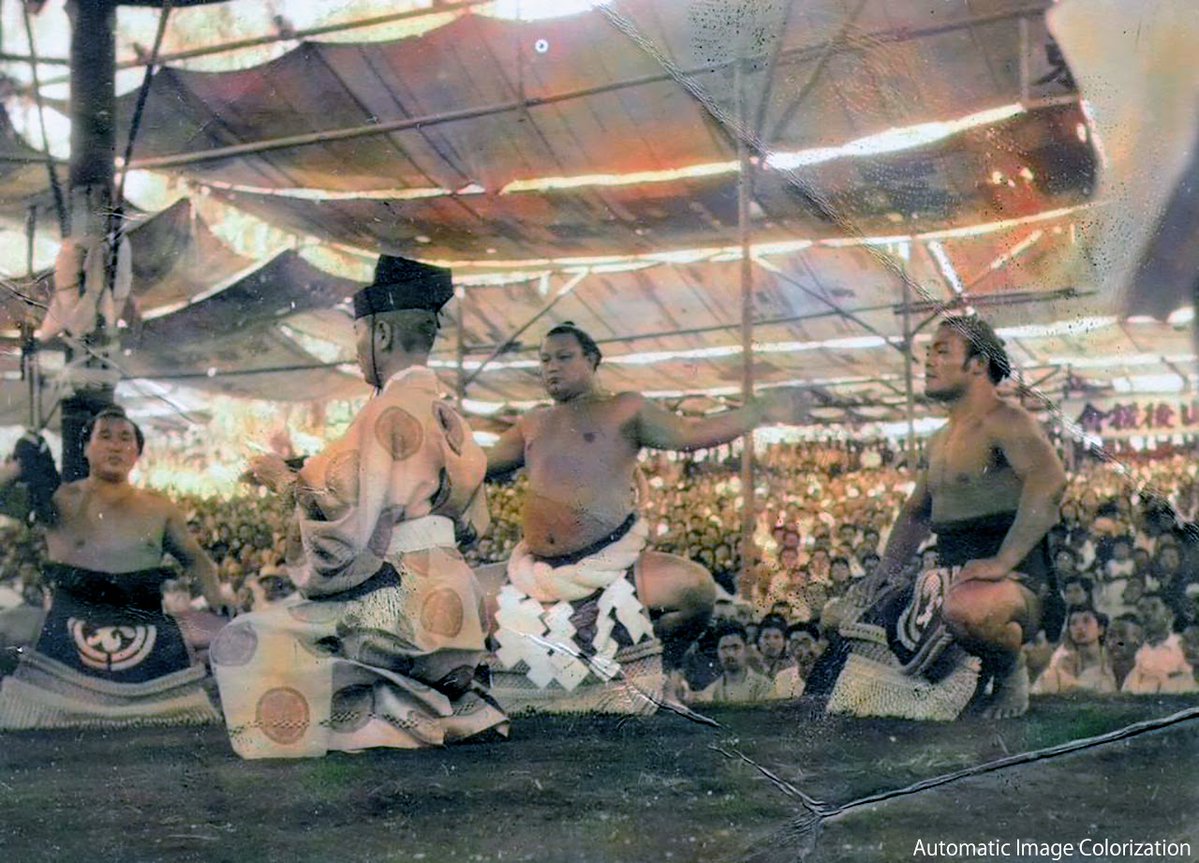
A sumo tournament photographed in the 1930s (photographer unknown). Dr. Watanabe thinks the wrestler in the middle might be Futabayama Sadaji.
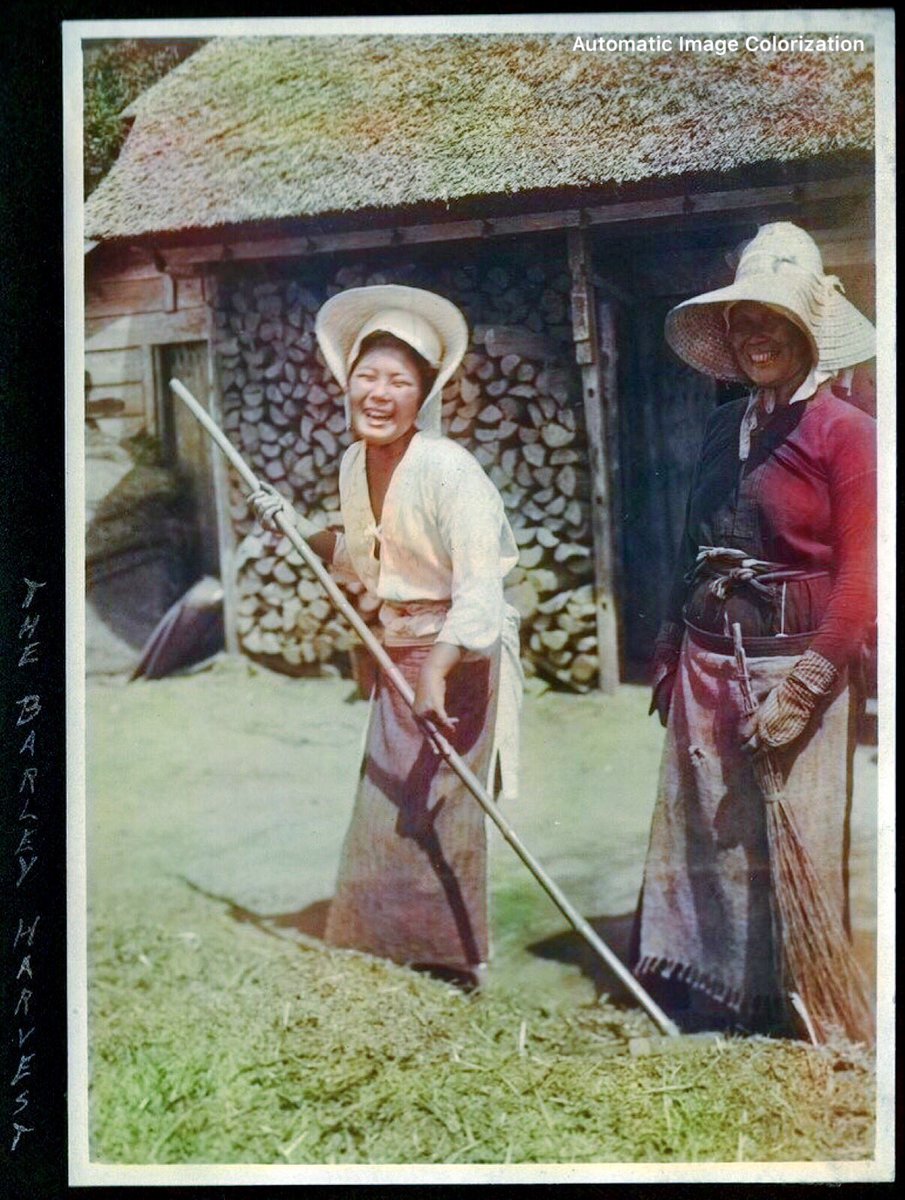
Farmers photographed by Elstner Hilton in 1910
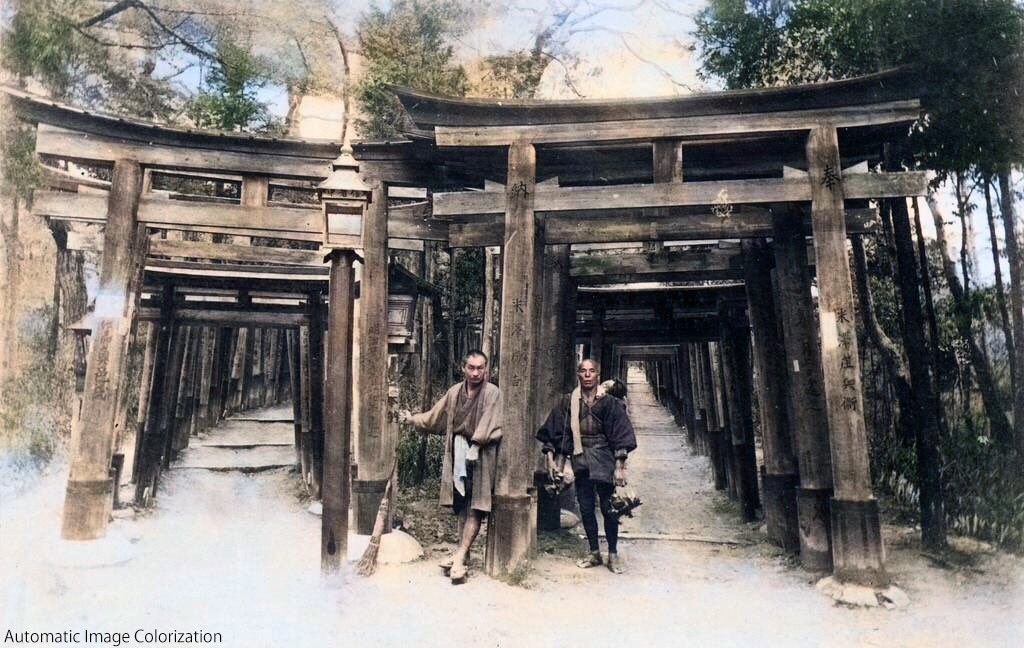
Fushimi-Inari Shrine in Kyoto (1880; photographer unknown)
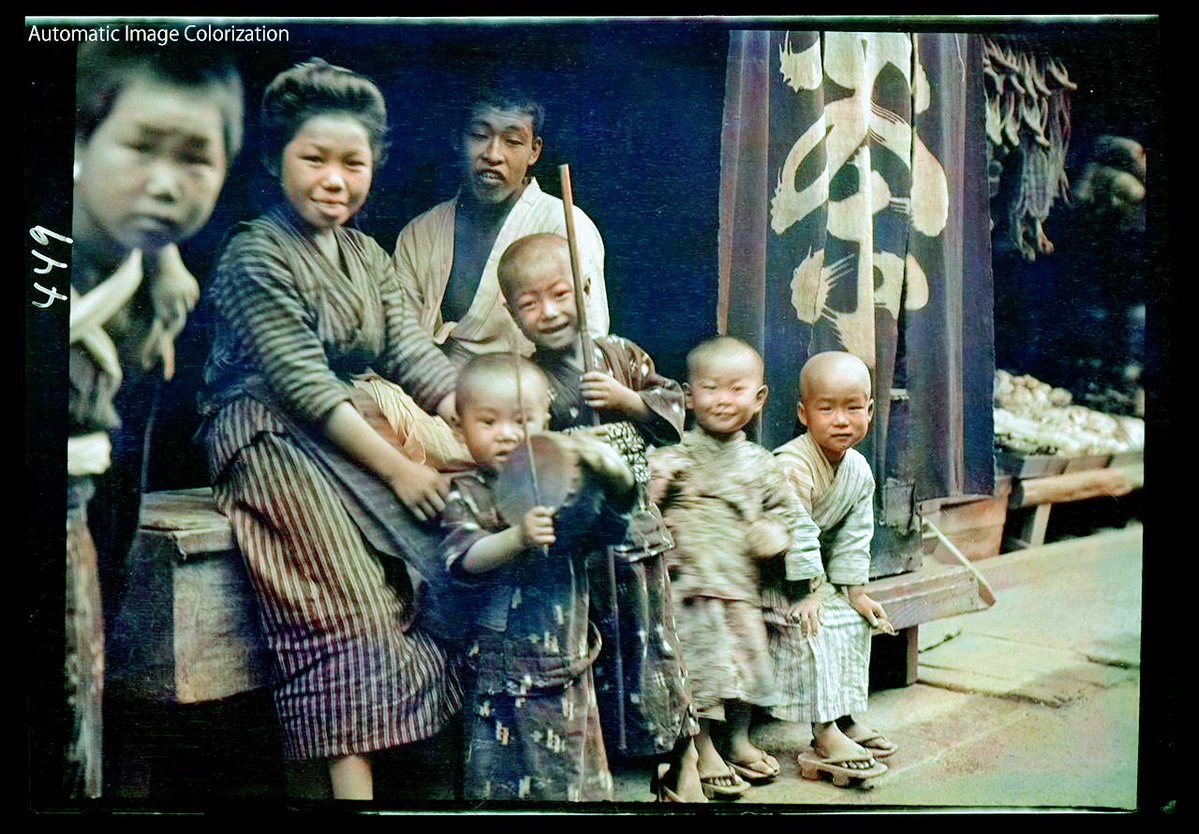
Photograph by Arnold Genthe in 1908. I almost feel like I’ve seen these kids in my neighborhood
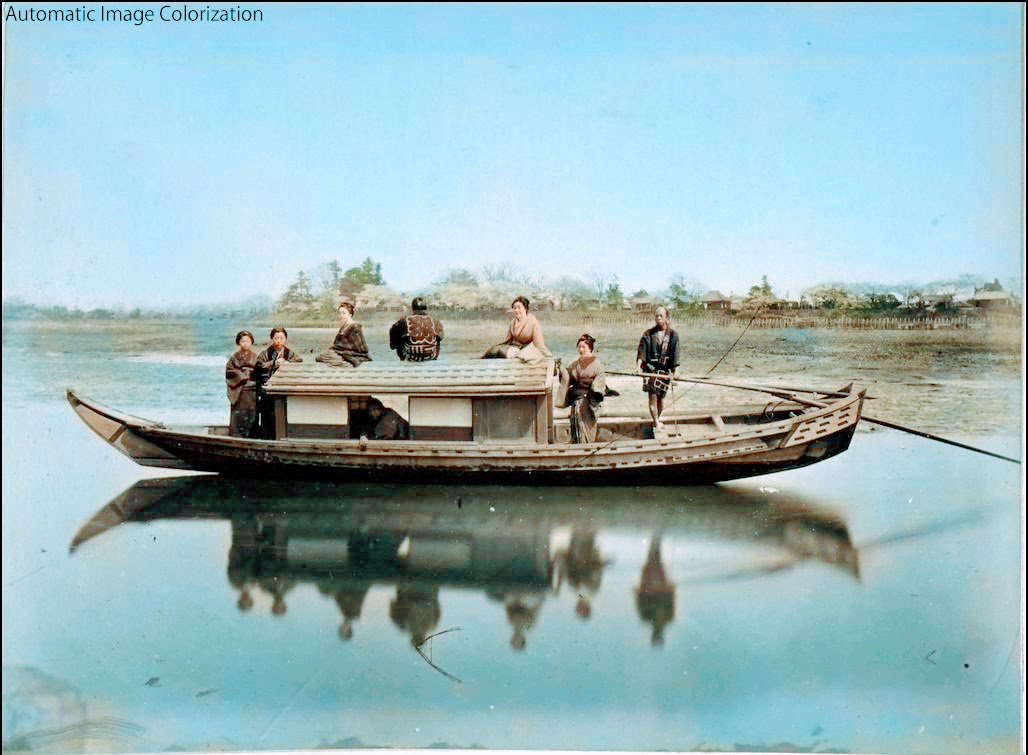
photograph by Adolfo Farsari, 1886
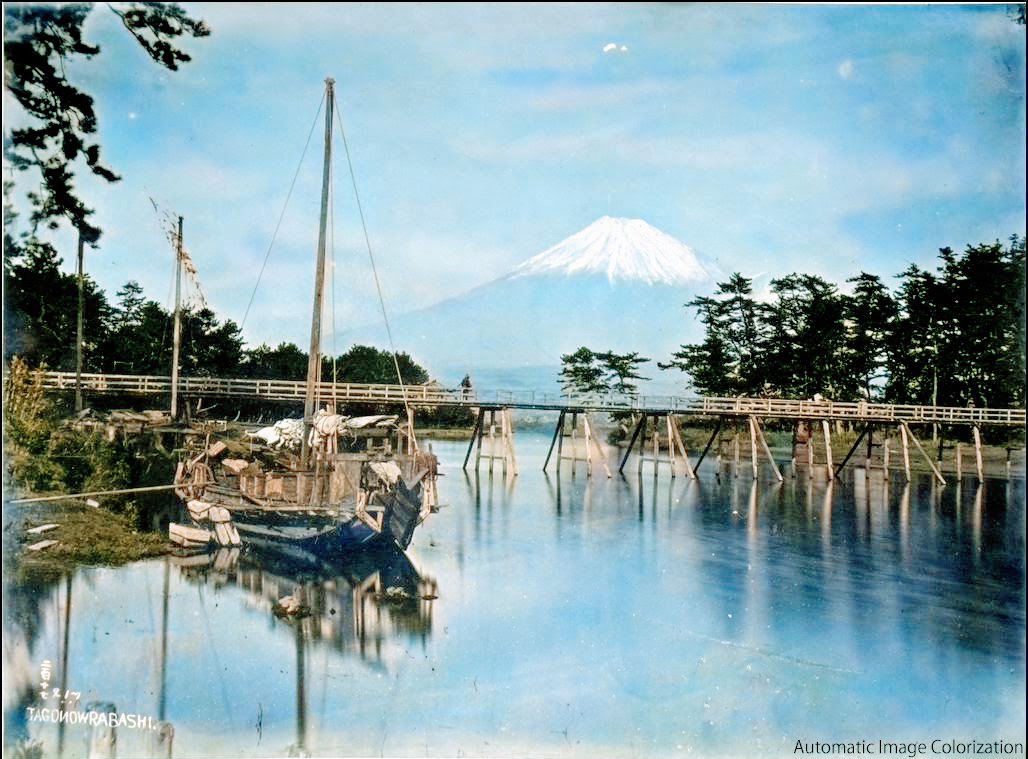
“Tagonourabashi” in Shizuoka photographed by Adolfo Farsari in 1886
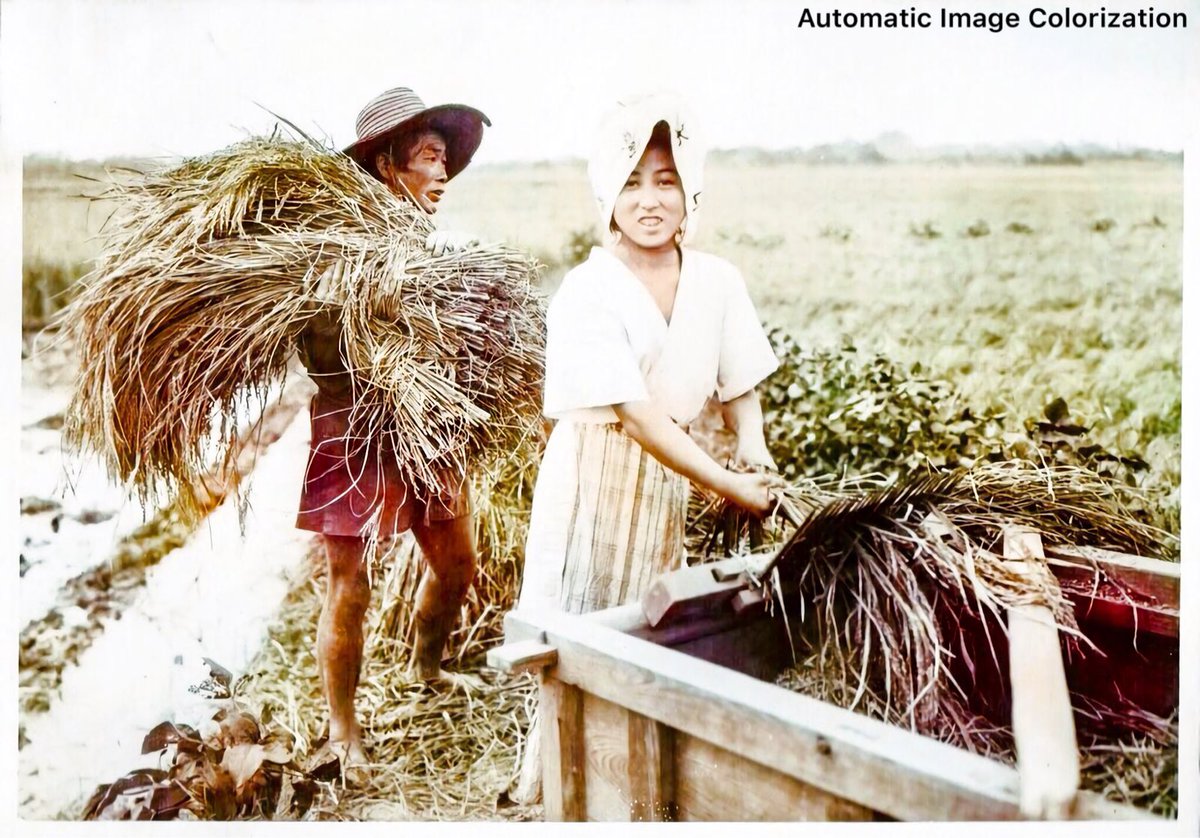
Two farmers photographed by Elstner Hilton (1910s)

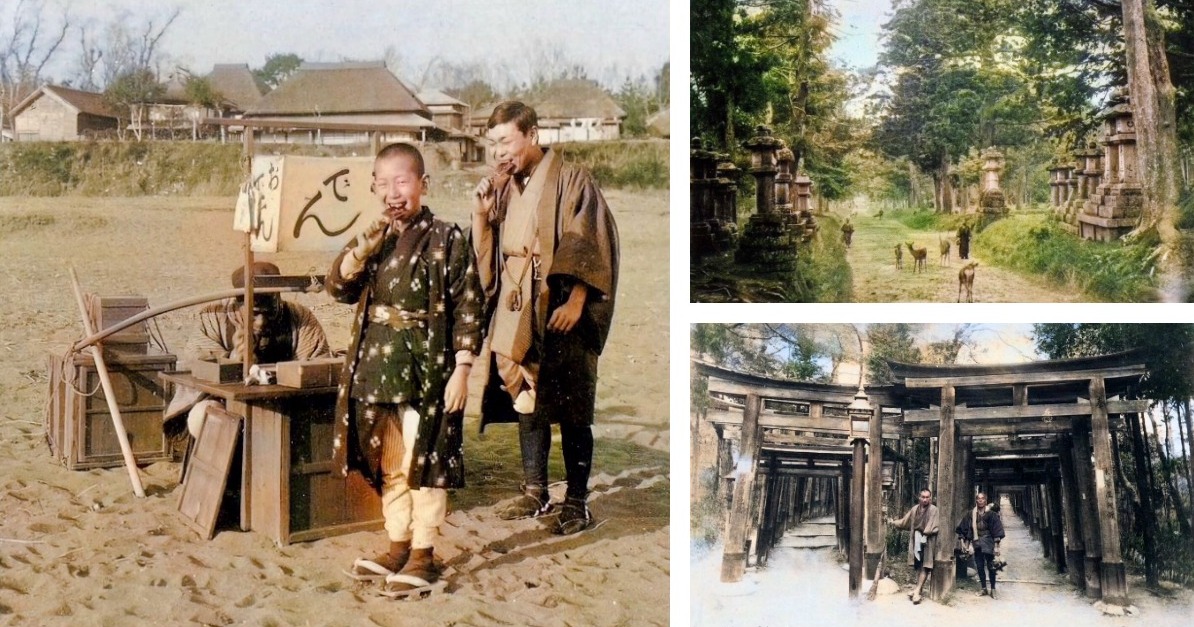

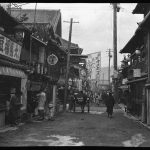
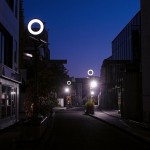
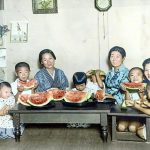
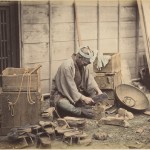


















September 20, 2017 at 6:04 am
Great photos, but do note that your grandmother carrying a baby on the back, is, I am certain, a grandfather. Even in the 1980s, women were too busy too look after children in the village where I lived, that was left to the old men!
September 21, 2017 at 5:55 am
Nara in Japan is well known for dear that are relaxing in the city are specific times in the year. Why these dear do this is unknown, but it’s a fact that they are not scared and people let them do their thing. The dear are not bothering anyone either. There are video’s that even show this in recent times.
September 22, 2017 at 7:37 am
Wow, Fushimi Inari looks so different! Interesting tech use for bringing history to life, I really like it. I also love the deer in Nara too, they are wonderful creatures.